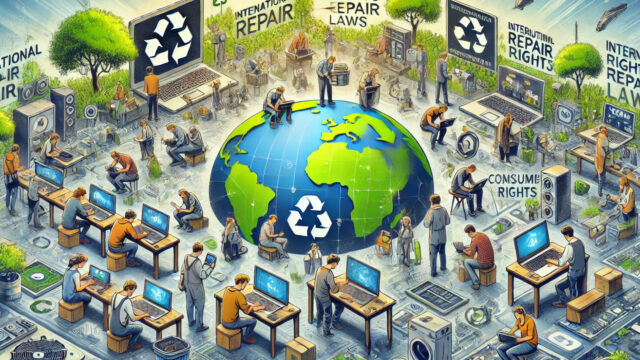The rapid evolution of technology has reshaped modern life, from communication to healthcare. However, the worldwide tech environmental impact is significant, with challenges like resource depletion, energy consumption, and electronic waste mounting. This article explores the worldwide tech environmental impact, highlighting key issues, emerging solutions, and pathways to a sustainable future.
Resource Extraction and Manufacturing
The tech industry relies on rare earth metals like lithium and cobalt to produce smartphones, laptops, and batteries. Mining these materials causes deforestation, soil erosion, and water pollution, amplifying the environmental impact. For example, cobalt mining in the Democratic Republic of Congo devastates ecosystems. Manufacturing also demands vast energy and water, contributing to greenhouse gas emissions. A 2023 International Energy Agency (IEA) report notes that electronics production accounts for ~10% of global industrial energy use, underscoring the worldwide tech environmental impact.
Energy Consumption
Operating tech infrastructure—data centers, networks, and devices—drives massive electricity use, a core component of the worldwide tech environmental impact. Data centers, powering AI and cloud computing, consumed 240-340 terawatt-hours (TWh) in 2022, per the IEA, or 1-1.5% of global electricity. With AI and crypto demands rising, this could double by 2030. Many facilities still use fossil fuels, worsening the worldwide tech environmental impact. Consumer devices, like smartphones, further inflate household energy needs.
Electronic Waste (E-Waste)

The fast pace of tech innovation fuels a throwaway culture, escalating the worldwide tech environmental impact through e-waste. In 2022, the United Nations reported 62 million metric tons of e-waste generated globally, with just 22.3% recycled properly. Toxins like lead and mercury in discarded devices pollute soil and water, particularly in developing nations where e-waste is often dumped. This makes e-waste a critical facet.
Emerging Technologies and Carbon Footprint
Technologies like AI, blockchain, and 5G add new layers to the worldwide tech environmental impact. Training AI models is energy-intensive; a 2019 study found a single model could emit CO2 equivalent to five cars’ lifetimes. Bitcoin mining consumes ~150 TWh annually, rivaling entire countries’ energy use. These emerging tech trends highlight the growing impact as digital innovation accelerates.
Tech’s Positive Contributions
Despite its challenges, technology mitigates the worldwide tech environmental impact through innovation. Renewable energy solutions like solar and wind reduce fossil fuel reliance. Smart grids and IoT optimize energy use, while carbon capture and precision agriculture combat climate change. Apps promoting recycling and carpooling also lessen, showing tech’s potential for good.
Challenges in Addressing the Worldwide Tech Environmental Impact
- Scale: Growing demand for devices outpaces efficiency gains.
- Supply Chains: Global, opaque networks hinder sustainable practices.
- Policy Gaps: Inconsistent regulations on e-waste and emissions create loopholes.
- Consumer Habits: Short device lifespans drive waste.
Solutions for Reducing
- Circular Economy: Promote repair and recycling to cut e-waste. Companies like Apple offer take-back programs.
- Renewables: Tech giants like Google aim for 100% renewable energy, reducing the impact.
- Efficiency: Low-power chips and optimized algorithms shrink energy use.
- Transparency: Blockchain tracking ensures ethical material sourcing.
- Policy: Stricter e-waste laws and green tech incentives are vital.
- Awareness: Educating consumers on sustainable choices—like buying refurbished devices—lowers the impact.
This is a complex challenge. While technology fuels progress, its resource use, energy demands, and e-waste threaten ecosystems. By adopting sustainable practices, leveraging green innovations, and fostering global cooperation, the tech industry can shrink its footprint. Consumers, companies, and governments must unite to ensure technology advances without harming the planet, minimizing the worldwide tech environmental impact for a greener future.














